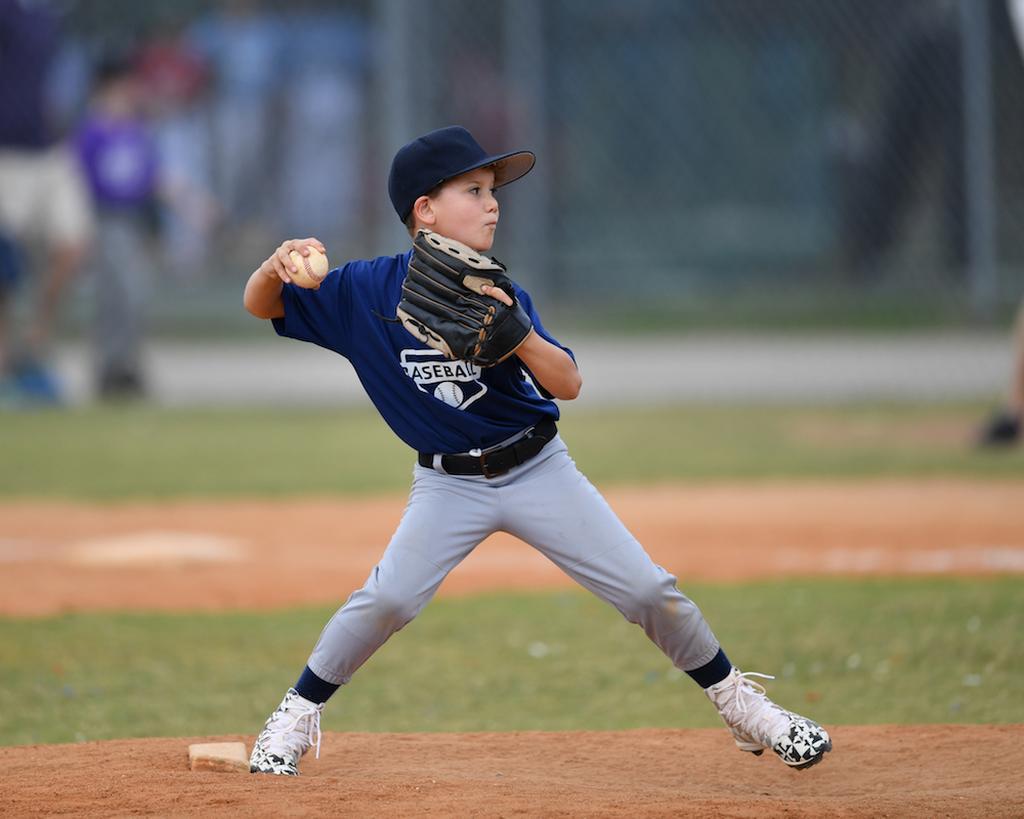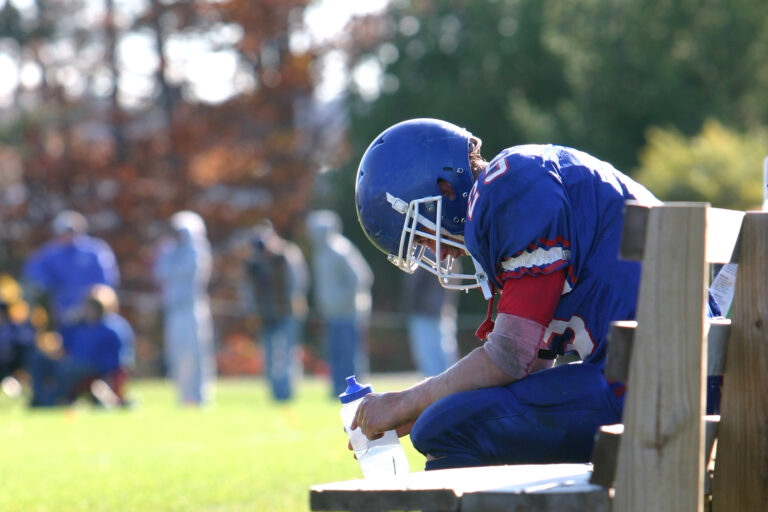Participating in sports gives kids of all ages a safe and structured way to improve their athletic skills, expand their physical limits, become more disciplined, and learn how to be part of a team.
These early life lessons are invaluable, but before your child jumps into their sports season, it’s important to recognize that all young athletes carry some amount of risk for developing a sports-related repetitive stress injury.
Luckily, you can help your young athlete reduce their chances of sustaining a repetitive stress injury on the field, on the court, or wherever their sport of choice takes them. Here’s what you should know.
Repetitive stress injury basics
Also known as overuse injuries, repetitive stress injuries occur when repeated movements lead to the buildup of excessive stress or strain on specific muscles, bones, tendons, or ligaments. Such injuries have the potential to be more problematic for young athletes because they can disrupt normal bone growth.
Repetitive stress injuries account for a full half of all youth sports injuries. Because younger children tend to be less coordinated and slower to react on the field, they’re also more susceptible to minor sprains and strains.
As kids grow bigger, stronger, and more committed to their chosen sport, however, their potential for suffering a stress-related injury increases dramatically.
Not only are greater forces at play each time they get in the game, but teen athletes tend to practice longer, play harder, and take fewer breaks between sports. These factors make them more prone to shin splints, lower back pain, and persistent knee, elbow, or shoulder joint pain.
Repetitive stress injury prevention
Whether you’re about to sign your grade-schooler up for their first season of youth soccer or it’s your teen’s latest season of baseball, swim team, or gymnastics, the following strategies can help reduce your child’s injury risk before they even attend their first practice:
Schedule a sports physical
Make sure your young athlete has a sports physical before they start a new season or activity. By evaluating your child’s heart rhythm, flexibility, and joint strength, among other things, a sports physical can establish if they’re fit to play or if they have an underlying health condition that may interfere with their ability to participate safely.
Routine sports physicals can also help ensure that any prior musculoskeletal injuries, such as a strained muscle or inflamed tendon, have healed and won’t stop your child from returning to sports.
Make recovery a top priority
Today’s young athletes have more opportunities than ever to practice their chosen sport, and they often join multiple teams and play year-round. Unfortunately, near-constant sports play increases the odds that your child will eventually develop an overuse injury.
To reduce their risk of developing a stress fracture, ligament sprain, muscle strain, or any other common repetitive stress injury, make sure your child rests after each scheduled activity — whether it’s a simple practice or a competitive event. They should also take at least one day off each week.
Encourage cross-training
Getting enough rest is just half of the overuse injury-prevention equation; the other half is cross-training or participating in a variety of different activities.
Cross-training serves two functions — it helps ensure your child isn’t always placing the same exact type of strain on the same muscles, joints, and connective tissues, and it makes your growing child stronger by promoting optimal joint stability and balanced muscle strength.
The best cross-training approach for reducing the risk of repetitive stress injuries is one that limits your young athlete to one sport and one team per season, while encouraging them to try different sports or activities from one season to the next.
Repetitive stress injury treatment
Don’t forget to teach your child the importance of listening to their bodies and respecting their physical limits. Make sure they know that they should never “play through the pain,” because doing so may lead to a more serious injury that could have been prevented.
And when they do have pain, don’t ignore it. Bring them in for a comprehensive evaluation.
Here at Texas Orthopaedic Associates, we’re committed to helping all young athletes stay safe, healthy, and injury-free. To learn more, call your nearest office in Dallas or Plano, Texas today, or use the easy online tool to schedule an appointment any time.













